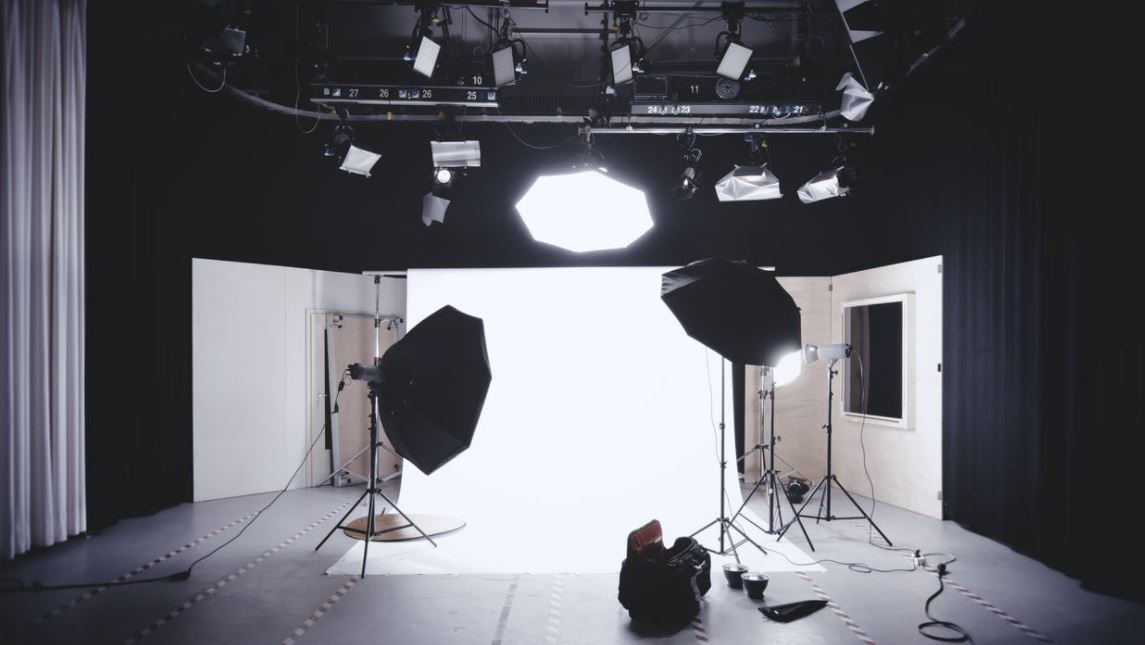Have you ever wondered why photographs taken at studios are almost always admirable and appear in the best light? The answer is quite simple – diffused light. It’s basically light that becomes filtered by something else, like sunlight filtered by your window blinds or curtains, bare bulb light softened and scattered by your lampshade, or the sunlight during sunset when the atmosphere functions as a natural diffuser.
By diffusing light, subjects get a complimentary glow that makes stunning photos. In this article, let’s discover more about light diffusers, their amazing benefits, plus some great tips – proving why you shouldn’t miss using one on your next shoot!
What is a Light Diffuser?
A light diffuser is any material that diffuses hard light that makes subjects unappealing. Hard light, also known as direct light, produces high-contrast scenes with super vibrant highlights, plus sharp and harsh shadows. A naked camera flash or the sunlight during a cloudless noontime are examples of hard light.
Once hard light passes through a light diffuser, it creates scattered rays called soft light, which generates the opposite effects like lower-contrast images and scenes with softer highlights and shadows. You can see this clearly at different times of the day as the sun moves through the horizon and as the clouds block the sun’s rays.
Benefits of Using a Light Diffuser
So, what benefits does a light diffuser actually bring? Read on below to discover the incredible advantages of diffused lighting:
1. Diffused lighting is more flattering and friendly.
Soft light from a light diffuser provides an even light and eliminates shadows. Thus, making it more flattering and friendly. It’s commonly used in portrait photography as it softens the face and the body and reduces the noticeability of skin imperfections. Much more forgiving than direct light, nearly all subjects look beautiful in diffused lighting.
2. Diffused lighting creates a mood or conveys a story.
In general, soft light evokes a warm, inviting feeling even if the image possesses cool tones. That’s why it’s perfect if you wish to communicate a certain mood or story in the resulting photo, such as glamor, beauty, innocence, and happiness. Moreover, diffused lighting is also perfect if you want to convey something neutral or light, as it opposes hard light that brings intensity, suspense, and drama.
3. Diffused lighting is ideal for different types of photography.
Diffused lighting is also widely used in different types of photography like product or food photography. Most commercial photo shoots taken in indoor studios utilize light diffusers as they make the subject more natural-looking and bring out all the details through uniform lighting. Soft light is even used for better travel photography with some photographers even using the best camera flash light diffusers to make their travel photos pop.
Different Types of Light Diffusers
With such significant benefits, various types of light diffusers are available for you to use to enhance your photographs. Depending on your needs, you should consider having the light diffusers below:
- Umbrella Diffusers
Umbrellas diffusers provide a broad soft light that resembles outdoor lighting. They’re easier to set up and come in a variety of shapes and sizes. The catch is that, unlike other light diffusers, umbrellas offer unrestricted lighting, which means they can be harder to control and may lead to light contamination.
- Softboxes
A softbox is basically an enclosure with a reflecting silver layer in its interior. It collects the light before diffusing it, creating a softer, more natural light than the camera flash. Softboxes are indispensable among photographers as they also provide better directional control and diffused lighting on different degrees, resulting in fantastic photos.
- Stripbox
A stripbox diffuser is the long, rectangular counterpart of the square softboxes. It aids in eliminating shadows, whilst directing soft light on a specific long, thin area.
- Scrims
While there’s no question about the uses of umbrella diffusers, softboxes, and stripboxes, scrims serve as their excellent and uncomplicated alternatives. Usually made of steel frame and fabric, scrims can be used both in-studio and outdoors.
What’s great is that you can quickly set it up and position it at different distances, angles, and directions from the light source and the subject to achieve the ideal soft light you’re looking for. Plus, scrims are the most affordable among the light diffusers. You can even create one yourself and use it for different types of shoots.
- Colored Flash Diffusers
As you hone your skills, you’ll be more confident to play with your style and apply creativity to the way you capture photos. Colored flash diffusers will help you achieve just that, as you can use them to incorporate fun effects like green, red, blue photos, or otherwise, balance out unnecessary color casts in certain lighting circumstances. Don’t hesitate to explore and use them to attain the ambient soft light you’re filling.
Others Tips of Creating Diffused Lighting
For indoor setups, the easiest way to create diffused lighting is by using the listed types of light diffusers. You get better control in illuminating your subject. Experiment with the position and you’ll be amazed at how many different moods and looks you can create by using this equipment.
Yet, if your studio or room is blessed to have a window, take advantage of natural light by placing your product or subjects near a window with curtains or sheers. Through that, you can get steady, soft light that flows throughout the day, keeping things easier during your shoot.
For an outdoor shoot, you can simply rely on Mother Nature and just adjust with what she gives to you. If it’s a cloudy day, make the most out of it as the overcast functions as a natural diffuser that works best for striking outdoor portrait and fashion photography.
If it’s a sunny day, just depend on your light diffuser to scatter those strong rays. Thankfully, you don;t need any stands, power sources, and lights. You just need diffuse light properly through right positioning and angles to get fantastic photos. Should you wish to have less work instead, early morning or early evening are the best times to shoot outdoors as it’s during those times when sunlight is at its softest.
Takeaway
Now that you’re aware of the advantages brought by light diffusers, all that’s left is for you to unleash your imagination and make this tool work for you no matter what style you’re leaning forward. Remember, everything is trial and error. Just continue exploring and soon you’ll learn how to use light diffusers properly and bring the best out of your photographs.




